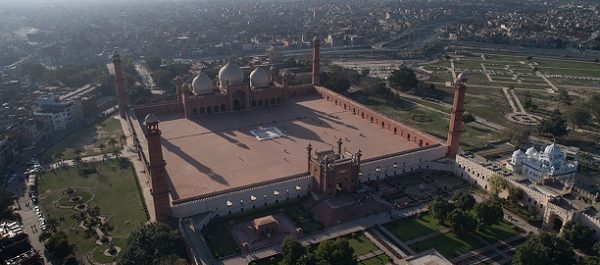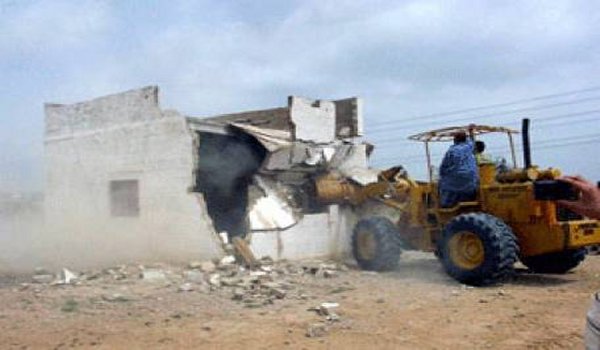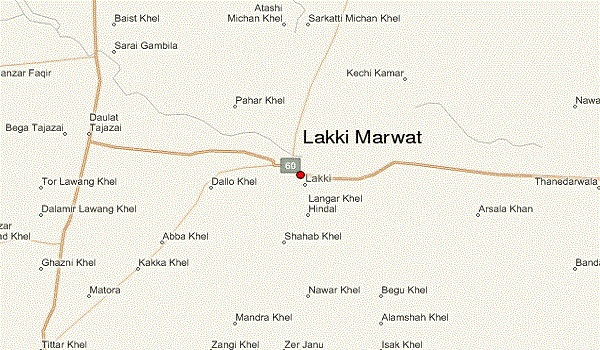The unplanned expansions seen within the country’s major metropolises have come with their fair share of repercussions. Poor traffic conditions, improper parking facilities, power crises, and uneven distribution of resources: all have conspired to make these cities lose their charm. Development authorities in Lahore, Karachi, Islamabad and Rawalpindi are currently working on preparing a new master plan.
For Lahore in particular, mega changes are expected to be introduced in Master Plan 2040.
Expansion with consent
Presently, Lahore has expanded beyond the various towns and villages located in its suburbs. At this point, officially endorsing the new land is only realistic. It is good to note that the authorities concerned are finally ready for it. For the master plan, Lahore Development Authority (LDA) has decided to include Kasur, Sheikhupura and Nankana Sahib within the city’s jurisdiction.
This means that the new arrangement will cater to the respective needs of these districts.
To move forward with the plan, a 15-member committee has been formed. It is comprised of representatives from various government departments. These include Water and Sanitation Authority (WASA), Environment Protection Agency (EPA), and the Lahore Waste Management Company (LWMC). Officials from Metropolitan Planning Wing, Punjab Safe City Authority and Traffic Engineering & Planning Agency have also been included in the proceedings.
The new plan, hopefully, will focus on discouraging migrations towards the already populated central areas of Lahore.
Time to go vertically up!
Lahore is still a novice when it comes to high-rise buildings. The few that you can find within its emerging commercial districts struggle to find acceptance. And for a city that’s home to over 11 million people, this trend needs to change. The officials concerned are aware of the situation, and are eager to usher in some much-needed improvements.
LDA has been directed to form building bylaws to allow for construction of 50-storey buildings. Punjab Senior Minister Abdul Aleem Khan wishes for Lahore to rub shoulders with its global metropolitan counterparts. For this, the city needs to be prepared to offer better parking facilities, proper water supply networks, and an apt sewerage system to allow for vertical expansion.
The planned bylaws will pave the way for international firms to develop high-rise buildings on build-operate-transfer (BOT) basis.
Involvement of the stakeholders
To ensure that all aspects of the master plan preparation are thoroughly addressed, feedback from stakeholders has been encouraged. In this regard, suggestions have been requested from real estate developers and builders, as well as several renowned town developers.
Furthermore, feedback from WASA, LWMC and Lahore Electric Supply Company has also been sought.
Based on their recommendations, a road map will be prepared on how Lahore will attend to it future needs in the next 20 years. Due to lack of coordination between concerned departments, various projects launched in the past were unable to serve the public.
LDA has also involved the citizens of Lahore in the making of Master Plan 2040. For this purpose, meetings to consult with the public are being held in many parts of the city.
For organising these meetings, coordination is being carried out in collaboration with Punjab Urban Unit.
The expert touch
In order to make the project a success, LDA authorities have sought the services of experts. But this recruitment is expected to come at a cost: an estimated figure of PKR 400 million.
In consultation with these professionals, LDA officials seek to help Lahore emerge as a monetarily rewarding city for businesses and investors. Before the experts can finally be brought on board for the formal planning stage, however, various surveys are being carried out at the moment. These surveys are meant to give a clear picture on the current status of commercial and mixed-used developments.
Lahore’s population is growing annually at a rate of 3.4%. The best that can be done in the city’s immediate interests would be to disperse it in a manner that does not burden existing resources. For this purpose, demarcation of areas, along with an estimation of their respective future uses, needs to be carried out.
The most decisive factor in Lahore’s architectural reformation, however, will be the Master Plan 2040. Because it is this blueprint which will ultimately decide how the city will look (and function) in 20 years’ time.









Hi Samra, nice blog